Why Does My Hair Feel Waxy?
Are you washing your hair regularly, only to find it feels greasy or waxy afterward? You’re not alone! This common issue can leave you feeling frustrated, especially when your hair doesn’t look or feel as clean as you’d like. But don’t worry—there are reasons why this might be happening and solutions to help restore your hair’s natural softness and shine.
Common Causes of Waxy Hair
Waxy or greasy hair, even after washing, can be caused by several factors. Let’s dive into some of the most common culprits.
1. Product Buildup
One of the most frequent causes of waxy hair is product buildup. If you use a lot of hair products—like shampoos, conditioners, styling gels, or sprays—these can accumulate on your hair over time. Ingredients such as silicones, resins, and dimethicones, often found in these products, can leave behind a residue that makes your hair feel waxy.
Signs of product buildup include:
- Dullness
- Greasy texture
- Lack of volume
- Breakage
- Inability to hold natural texture
2. Improper Washing Techniques
How you wash your hair can also play a significant role in its texture. If you’re not rinsing thoroughly or applying conditioner to your scalp instead of just the ends, it can lead to a waxy feeling. Additionally, not washing your hair often enough can allow natural oils to build up, contributing to the problem.
3. Hard Water
The type of water in your home could be another cause. Hard water contains high levels of minerals like calcium and magnesium, which can cling to your hair and create a waxy coating. No matter how well you rinse, these minerals can be tough to remove without proper treatment.
4. Overactive Sebaceous Glands
Your scalp produces natural oils, called sebum, to keep your hair moisturized and healthy. However, if your sebaceous glands become overactive, they can produce too much sebum, leaving your hair feeling greasy or waxy. This overproduction can be triggered by factors like hormonal changes, stress, or even the use of harsh hair treatments.
5. Diet and Health
Your diet and overall health also impact your hair. A diet high in saturated fats or foods with a high glycemic index can increase sebum production. Medical conditions like hypothyroidism or liver problems can also contribute to waxy hair.
Effective Solutions to Combat Waxy Hair
Now that you know the potential causes, here are some solutions to help you get rid of that waxy feeling and restore your hair’s natural beauty.
1. Use Clarifying Shampoos
Switching to a clarifying shampoo can help remove product buildup and mineral deposits from hard water. However, use it sparingly, as overuse can strip your hair of its natural oils, leaving it dry and dull. A clarifying shampoo is best used when you notice significant buildup.
2. Practice Proper Hair-Washing Techniques
To keep your hair clean and healthy, follow these washing tips:
- Soak your hair in warm water before applying shampoo.
- Focus the shampoo on your roots and scalp.
- Massage your scalp gently to stimulate circulation and remove buildup.
- Rinse thoroughly to ensure no residue is left behind.
- Apply conditioner only to the lengths and ends of your hair.
- Finish with a cool rinse to seal the hair cuticles.
3. Consider Water Softening Solutions
If hard water is a problem, consider installing a water softener in your home. This device can remove the minerals that cause buildup, leaving your hair softer and cleaner. If a whole-house system is too costly, you can opt for a showerhead filter that softens water specifically for your hair.
4. Prioritize Scalp Care
Healthy hair starts with a healthy scalp. Use gentle, non-abrasive products to avoid irritating your scalp, and consider incorporating a scalp scrub into your routine to exfoliate and remove dead skin cells. Supplements like omega-3s and probiotics can also promote scalp health.
5. Upgrade Your Pillowcase
Did you know that your pillowcase could be affecting your hair? Silk pillowcases, like those from Blissy, help reduce friction while you sleep, which can minimize frizz and keep your hair hydrated. Silk doesn’t absorb moisture like cotton, so your hair retains more of its natural oils.
6. Make Lifestyle Changes
A few tweaks to your daily life can also make a big difference. Adjusting your diet to include more antioxidant-rich foods like berries and nuts can help reduce oxidative stress on your hair. Reducing intake of high-glycemic foods and managing stress through activities like yoga or meditation can also improve your hair’s condition.
When to Seek Professional Help
If you’ve tried these solutions and still find your hair feeling waxy or oily, it might be time to consult a professional. Dermatologists can help identify any underlying skin issues, while trichologists specialize in scalp and hair conditions. Seeking professional advice can ensure you get the right treatment for your specific needs.
By understanding the causes of waxy hair and implementing these solutions, you can regain control over your hair’s health and enjoy soft, shiny locks once again.
Check more Awesome posts:
- What Does Conditioner Do for Curly Hair?
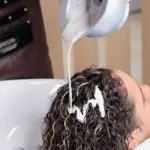
- How to Use Leave-in Conditioner for Curly Hair: A Step-by-Step Guide
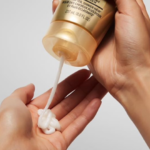
- How to Brush Curly Hair the Right Way? Tips and Techniques

- The Truth About Leaving Conditioner in Your Hair Overnight: Pros, Cons, and Best Practices
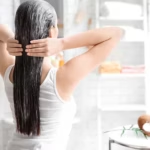
- What Is Textured Hair? Everything You Need To Know
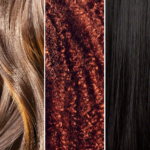
- Understanding Virgin Hair: What It Is and Why It Matters

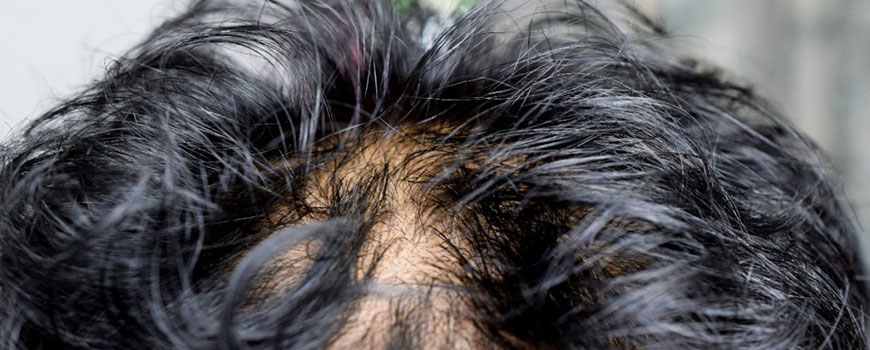
Leave a Reply